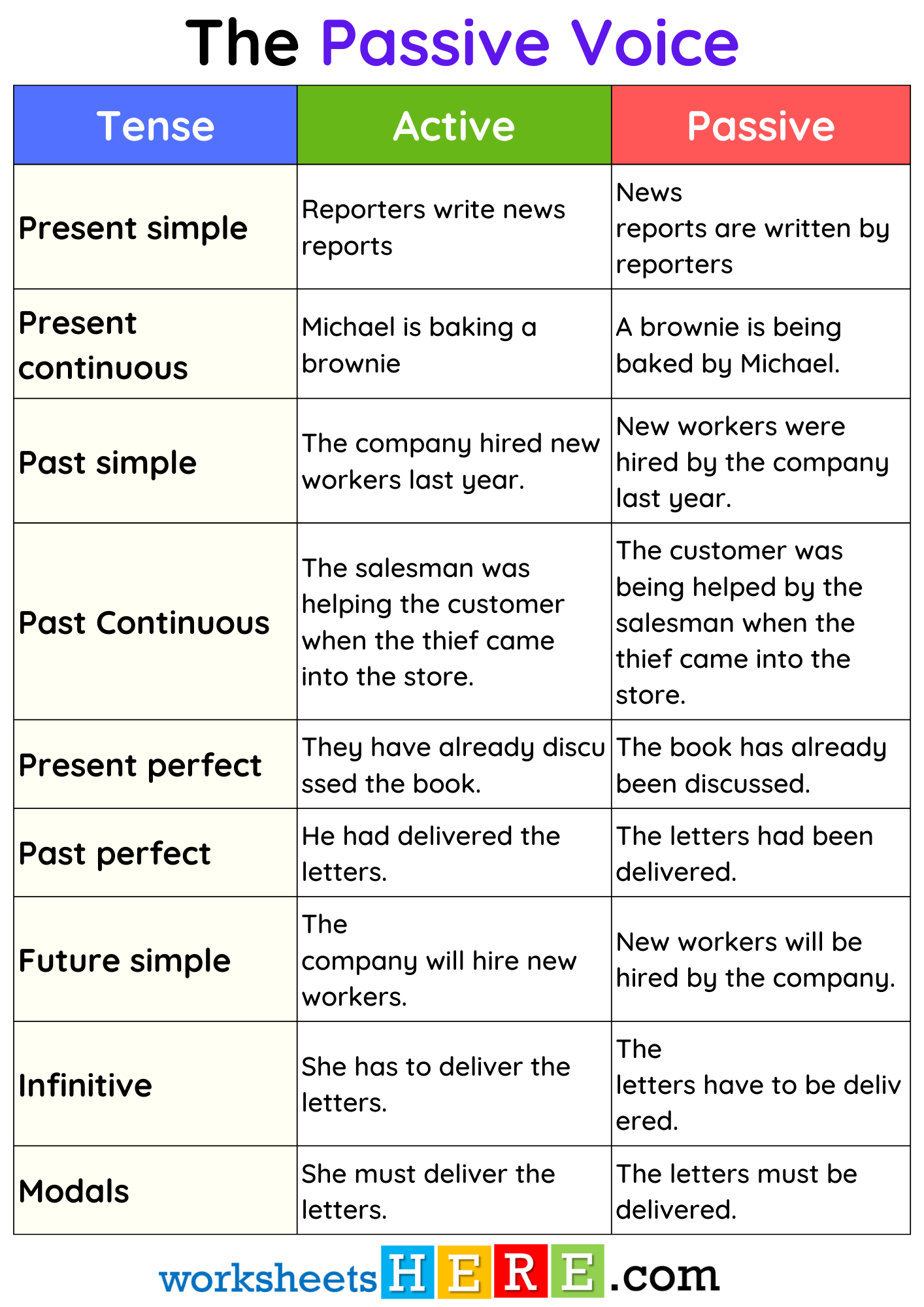Passive voice is a grammatical construction in which the subject of a sentence is not the doer of the action, but rather the recipient of the action. While passive voice can be useful in certain situations, it is generally considered weaker and less direct than active voice. Understanding when and how to use passive voice can help improve the clarity and strength of your writing.
One common example of passive voice is: “The cake was baked by Mary.” In this sentence, the subject is “the cake,” which is receiving the action of being baked. The doer of the action, Mary, is placed at the end of the sentence and introduced with the preposition “by.” This construction emphasizes the cake rather than Mary as the focus of the sentence.
It is important to note that passive voice is not always incorrect or inappropriate. In some cases, passive voice can be used to shift the focus of a sentence or to emphasize the receiver of the action. For example, in scientific writing, passive voice is often used to maintain objectivity and focus on the results rather than the researcher.
However, overusing passive voice can lead to awkward and unclear writing. Passive constructions can make sentences wordy and indirect, which may confuse readers and weaken the impact of your writing. It is generally recommended to use active voice whenever possible to make your writing more engaging and direct.
To identify passive voice in your writing, look for forms of the verb “to be” followed by the past participle of another verb. These constructions often indicate passive voice, as in the example: “The report will be reviewed by the committee.” In this sentence, “will be” is the form of “to be,” and “reviewed” is the past participle of the verb “review.” By restructuring the sentence in active voice, such as “The committee will review the report,” you can make the writing more concise and dynamic.
In conclusion, passive voice is a useful tool in certain contexts, but it should be used judiciously to avoid weakening your writing. By understanding the principles of passive voice and actively choosing when to use it, you can enhance the clarity and effectiveness of your writing.
